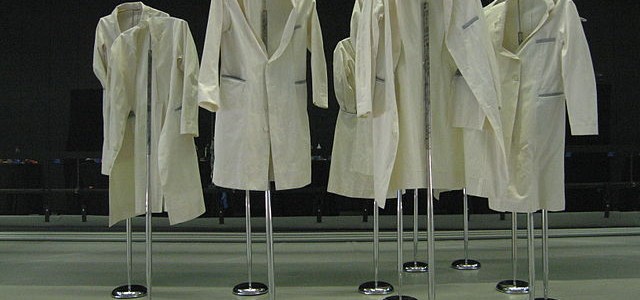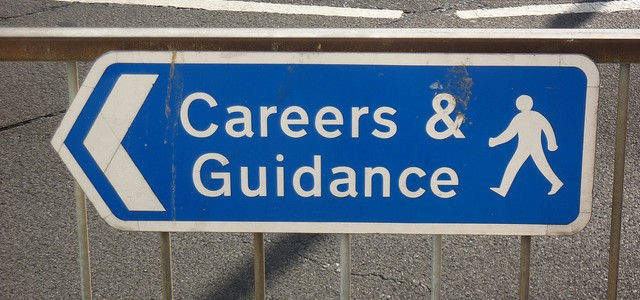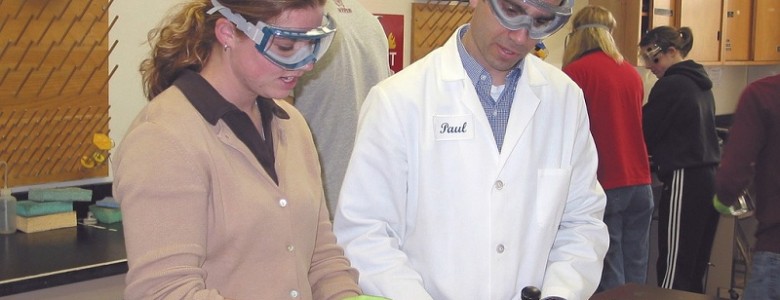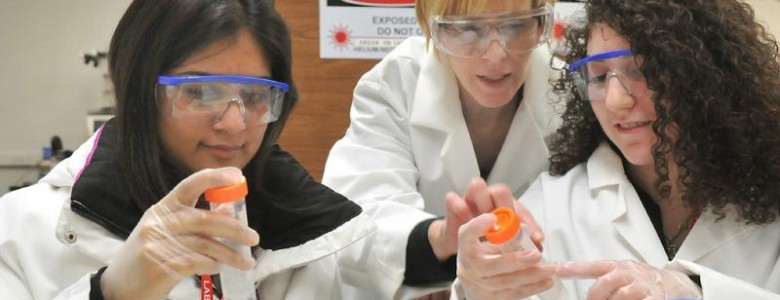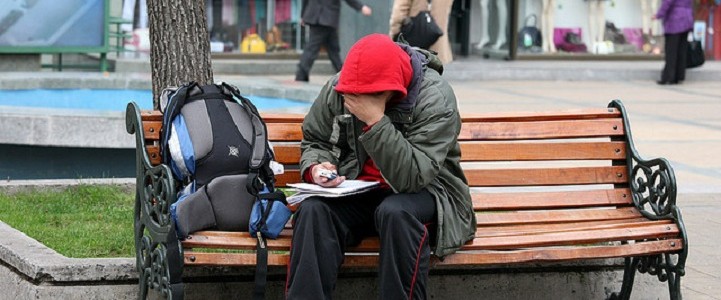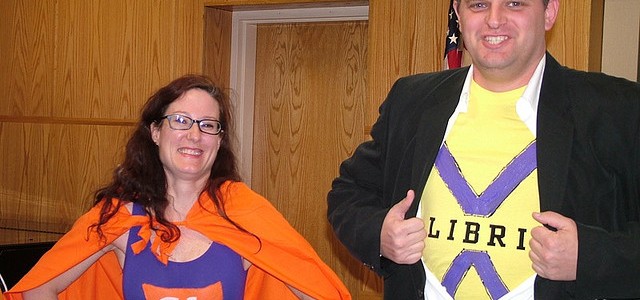This tagline comes from the PBS website, The Secret Life of Scientists and Engineers. The website would be a wonderful resource for STEM undergraduates who don’t have a good grasp of what it means to be a scientist. It also debunks the discouraging stereotype of scientists as nerdy, social misfits, who will never have interesting lives. The website features video profiles of men and women in the sciences, covering both their vocations and avocations and the synergistic relationship between the two. Secret Life also has a blog with posts that put scientific work in a social context to give it meaning and relevancy for students.
I’ll be adding The Secret Life of Scientists and Engineers to my career resources for students in Biology and Environmental Sciences. Can anyone else recommend resources that will give undergraduates a realistic perspective on science careers and encourage them to stay in STEM majors? Feel free to share your valuable knowledge here.
Image attribution: Lab 15 – Lab Coats, by Pi from Leiden, Holland, 11/2/1007.

